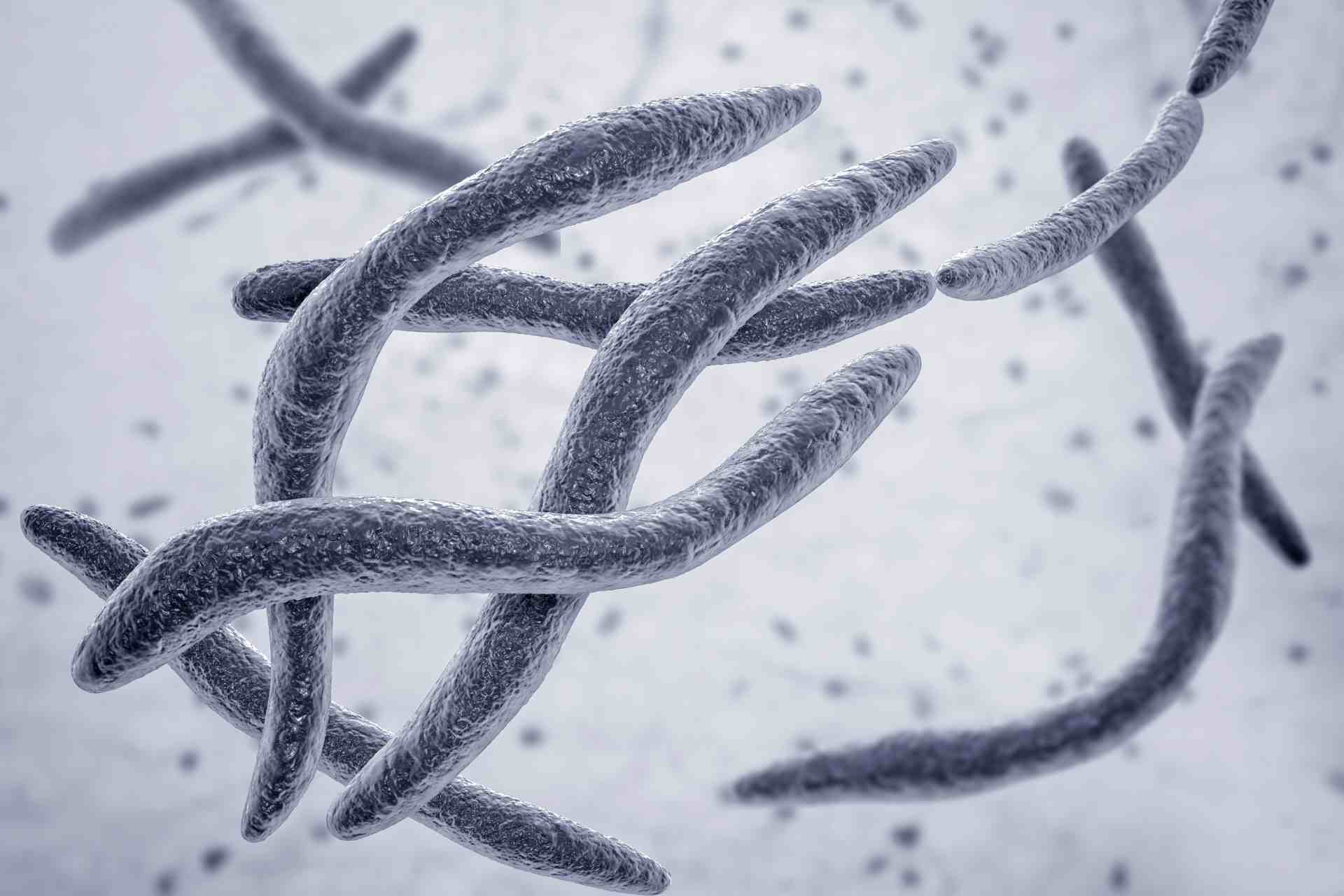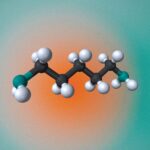Fusobacterium nucleatum (Fn) is a microbe commonly found in the mouth, and it has been linked to colorectal cancer. Now, researchers have found that specific populations of Fn have distinct roles and distributions across the mouth and gut, and some are more prevalent in colorectal cancer.
The findings, published in mBio, highlight the importance of considering Fn population diversity for understanding disease mechanisms in colorectal cancer. “Our work shows that closely related bacteria can have different associations with human physiology,” the researchers say.
Fn is found in about 30% of colorectal cancer tumors and is linked to worse outcomes. There are different populations of Fn, but how these populations impact health and disease beyond colorectal cancer remains unclear.
John Connolly and Libusha Kelly at the Einstein College of Medicine in New York investigated the distribution and function of various Fn populations in both the mouth and gut.
Body distribution
The researchers collected samples from various body sites, including stool samples from the gut and plaque samples from the mouth. The samples came from people with different conditions, including colorectal cancer, Crohn’s disease, ulcerative colitis and diabetes, along with healthy controls.
The team identified six distinct populations of Fn, including a newly discovered population, and found that these populations live in separate niches within the human body. For example, Fn polymorphum and vincentii are more prevalent in the mouth, while Fn C2 animalis is more frequent in the stool of people with colorectal cancer than in healthy people.
In samples from people with Crohn’s disease, Fn C2 animalis, polymorphum and vincentii were highly abundant, whereas only Fn vincentii was elevated in individuals with ulcerative colitis.
Unique traits
Males had higher levels of Fn C2 animalis and polymorphum in their stool compared to females, particularly in people with Crohn’s disease, suggesting that there are sex differences in the distribution of Fn populations. Fn C2 animalis was also more common in older people.
Different Fn populations had distinct genetic profiles that likely reflect their function, the researchers also found. For example, Fn polymorphum harbors several genes related to the production of amino acids, fatty acids and nucleic acids, while Fn C2 animalis has genes linked to iron transport.
The findings suggest that each Fn population has unique traits and distribution patterns across body sites and conditions such as colorectal cancer and Crohn’s disease, the authors say.









